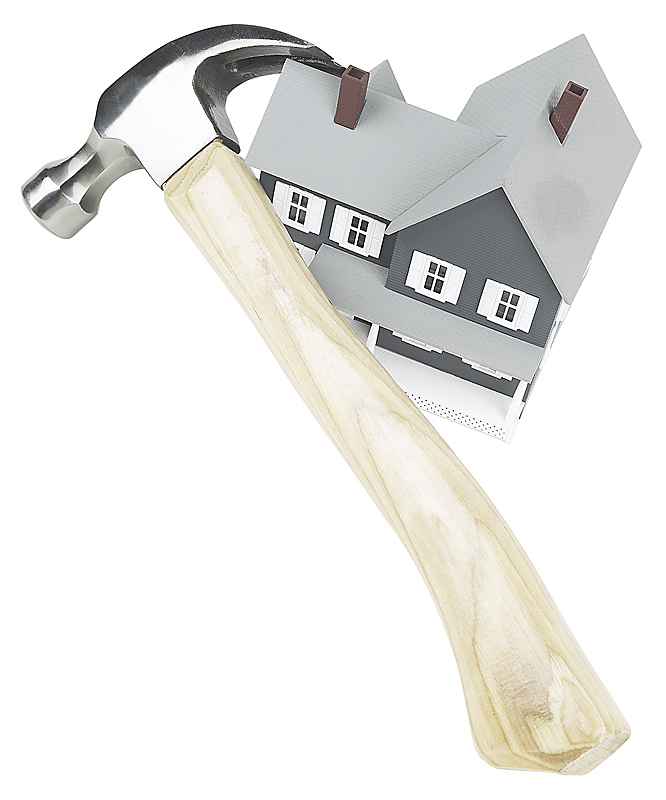Paying attention to the environment when replacing appliances or renovating your home can also fatten your wallet
By John D’Annunzio, Columnist, UnionvilleTimes.com
 We hear things like a green cars, green homes, green initiatives etc. but what does it all mean? Well, green homes are environmentally friendly homes; homes that preserve energy. The more heat and air conditioning loss occurring through inadequate insulation, windows, and doors the more a huge diesel generator in a power plant has to burn fossil fuels. These diesels contribute to smog, acid rain, and to global climate change on a larger scale.
We hear things like a green cars, green homes, green initiatives etc. but what does it all mean? Well, green homes are environmentally friendly homes; homes that preserve energy. The more heat and air conditioning loss occurring through inadequate insulation, windows, and doors the more a huge diesel generator in a power plant has to burn fossil fuels. These diesels contribute to smog, acid rain, and to global climate change on a larger scale.
When buying a new or existing remolded home or if buying appliances look for the blue Energy Star label (backed by the government).
Some things to look for:
On a building site, make sure the building doesn’t have a severe impact on the ecosystem such as storm water run off and site erosion. Most new homes have a soil and erosion control plan drawn by an engineer. The idea is to have each lot maintain their own water run off to underground seepage pits.
As for building envelope insulation, it differs by zone. We are in zone 4 which means that we need a minimum R-30 insulation for an attic. Insulated metal doors need a U-Factor of 0.6, also a minimum of R-13 in wood stud walls and a minimum of R-19 for floors in unconditioned areas. A glass U-Factor of 0.40 is needed and for skylights a U-Factor of 0.60.
Other things to look for are sealed heat ducts and properly sized heating and air conditioning units, insulated hot water heaters, energey efficient appliances, (energy efficient windows which I talked about in my last article).
Inefficient toilets can make up 30% of the water consumptiom in a home. Inefficient faucets could use up to 15% water consumption, and shower heads have the same problem. To save on your water bill look for the Water Sense label on these products.
With manufactured wood products avoid products that have a VOC (volatile organic compound). VOC is a form of toxic fume that is not something that should be continually inhaled. Look for wood products that have sustainable grown harvested material such as hardwoods, pines, cherry, etc.
Is it all worth it? Well consider the consumer tax incentives which congress has in place: The IRS states that manufacturers need to certify that certain products meet energy efficiency standards. These incentives can vary from $500 to $1,500.
Also the IRS has forms to fill out and send in for these incentives. Some examples are, Form 5695 Residential Energy Credit Form and Form 8908 Energy Efficient Home Credit for a new home.
Here are some general efficierncy requirements:
Natural gas appliances must have an annual fuel usage efficiency rating of 95 or higher. Oil and gas furnaces must have a rating of 90 or higher.
Central air condition and air-source heat pumps must meet the highest tier standards which require a SEER (Seasonal Energy Efficiency Ratio) of 16.
Water heaters, gas and propane, must have an energy factor of 0.82 or a thermal efficiency of at least 90%.
So the bottom line of going green is the positive impact you will have on the environment, not to mention on your wallet with the money saved from energy and water bills.
John D’Annunzio is a local Commercial and Residential builder who has held nearly every job in the construction industry from heavy equipment operator to home builder. He is ICC building code certified and lives and operates in Chester County, PA. His column will appear weekly and address various home improvement and building issues with special attention to subjects of interest locally.
Contact John at johnd3656@verizon.net






